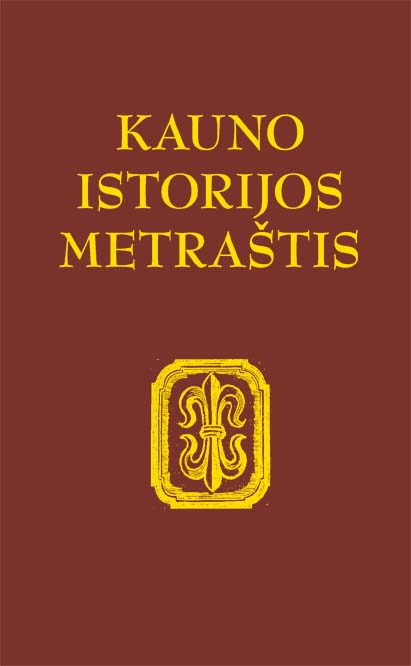The Decor of the Room with Painted Views in Ludwik Michał Pac’s Palace in Warsaw
The Decor of the Room with Painted Views in Ludwik Michał Pac’s Palace in Warsaw
Author(s): Anna Sylwia CzyżSubject(s): Cultural history, Visual Arts, Modern Age, 19th Century
Published by: Vytauto Didžiojo Universitetas
Keywords: Ludwik Michał Pac; Enrico Marconi; Warszawa; Dowspuda; Kingdom of Poland; Palaces in 19th c.;
Summary/Abstract: Ludwik Michał (1780-1835) was one of the wealthiest people in the old Polish-Lithuanian Commonwealth. However, he used his assets wisely, multiplying them in well-planned businesses and large-scale farms: his was one of the first mechanised farms in the former Polish-Lithuanian state. Pac developed his political career in Warsaw and needed a representative seat in the capital of the Kingdom of Poland, so he purchased the Radziwiłł Palace along with a spacious property on Miodowa street. In 1824, Ludwik Michał Pac started the reconstruction, which was led by Enrico (Henryk) Marconi, the co-creator of the palace in Dowspuda. The character of the entire palace complex was a combination of clas¬sicist, neo-Renaissance and Palladian motifs, and the Pac family’s palace should be regarded as one of the most important examples of palace architecture in the era of the Kingdom of Poland. The palace was erected in modern style – an opposition of neo-Gothic Dowspuda, his main seat. In the palace of Warsaw the particularly interesting was the decoration of the dining room, which is described quite enigmatically as “the room with Pacowski buildings” („sala z budowlami Pacowskimi”) in the literature. The shape of the dining room was quite peculiar; from the side of the anteroom it was closed by an apse, which was a continuation of the original plan of the anteroom with broken corners. The interior of the room was covered with a flattened barrel vault, and it was illuminated by two windows. It was aligned in the enfilade with other rooms of the bay (a longue – billiard room and the Gothic Chapel – library), as well as with the Column Hall (the ball room). The vault was decorated by Italian artists with rich, ornamental frames of various sizes, in which there were figural scenes in a Roman costume (including a feast scene), Mediterranean landscapes, figures of dancing bacchae and a grotesque. The walls were decorated with vedutes depicting the estates of Ludwik Michał Pac and the buildings he had founded there. They were painted by Józef Hilary Głowacki from Vilnius in 1826. He depicted goods owned by the chancellor’s line of the Pac family in Dowspuda, including the palace by the Rospuda River, as well as the local mechanised farm (four panneaus). Right next to Dowspuda, the main seat of Ludwik Michał Pac, there was his second estate, the town of Raczki, to which two vedutas were devoted. The last depiction presented the church, of which Pac financed the reconstruction, in Różanka, the ancestral home of the hetman line of the Pac family. The decoration of the dining room walls, depicting the centre of Ludwik Michał Pac’s estate and the modern technical solutions applied on his farms, also illustrates his care for the cultural and religious development of his people and estates. The inclusion of images of the properties he cared for and where the economic knowledge of the nation was being expanded was not only a manifestation of healthy pride, but was also educational in intent. It was proof of his care for the achievements of generations, but it also represented a view of the country’s future, while the modernisation activities being undertaken shaped the collective identity of that time. It should be noted that the paintings differ in terms of their theme and form from the decoration of the vault with clear ancient motifs. It seems that the inconsistency of the content expressed by the dining room’s decoration resulted from the change in the concept of the content that the decoration was to present. It was the result of a heated dispute between the Italian painters employed by Ludwik Michał Pac and local artists, including the first graduates of the department of fine arts at the University of Warsaw (1817), which was organised as part of the modernisation of the country.
Journal: Kauno istorijos metraštis
- Issue Year: 2022
- Issue No: 20
- Page Range: 235-256
- Page Count: 22
- Language: English

